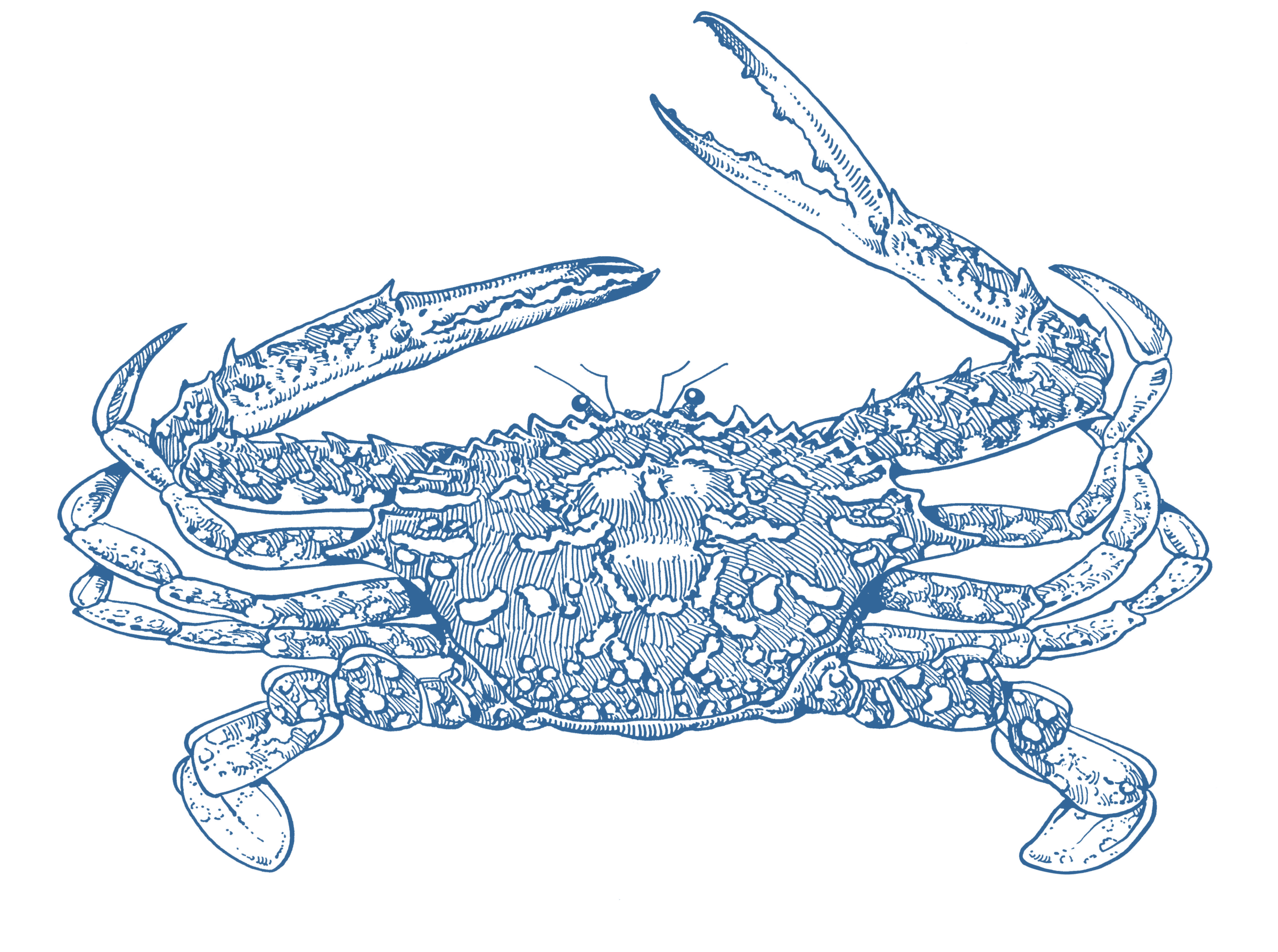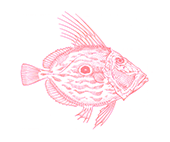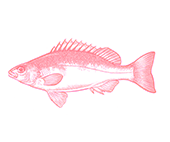




- Eat Less
Wild Caught
Region:
NSW
- Blue swimmer crabs are caught in baited pots in NSW estuaries and off sandy beaches.
- Blue swimmer crab populations are slightly below a healthy level and declining in NSW, but are not seriously overfished.
- The pot fishing methods used have low habitat impacts and bycatch.





Crabs can be purchased whole (cooked or raw) or as picked and frozen meat. To cook whole crabs, crack any large legs or claws with the back of a knife and then steam, boil or stir-fry. If cooking whole, weigh your crab and cook for 1 minute for every 100g, adding 2 minutes to the total (e.g. 550g + 2 = 7.5 minutes). Alternatively, crabs can be broken into equal sized pieces and dropped into a soup, stew or curry. Crabs are cooked when the shell goes a vivid orange or red colour and the meat pulls away from the shell with ease. Cooked and picked crabmeat can be tossed through a simple pasta or noodle dish, or used for a seafood cocktail, salad or sandwich.
- NSW Estuary General Fishery (22t in 2022/23)
Blue Swimmer Crabs are found within near-shore, marine embayments and estuarine systems throughout tropical, subtropical and temperate Australia and New Caledonia.
NSW Blue Swimmer Crab populations are slightly below a healthy level but not seriously overfished.
There is concern that although catches have reduced in recent years, the catch fishers are allowed to harvest is still higher than what can be considered sustainable long term.
This will require careful monitoring in future and allowable catch should be reduced to a more careful level.
Blue Swimmer Crabs are mainly caught using crab pots or traps set over sandy or seagrass habitats in QLD, NSW, SA (which has the largest take of blue swimmer crab in Australia) and WA.
The fishing method used is effective at targeting blue swimmer crabs, resulting in little else being caught, which if caught can be released alive. While the fishery has not reported significant interactions with endangered wildlife, and is not likely to pose a serious risk to them, there is no recent reliable and verified data to confirm this.
Marine parks likely provide an important additional degree of protection for Blue Swimmer Crab populations, other species and habitats across the fishery. It is seriously concerning that the NSW Government is actively considering weakening these marine park protections.


